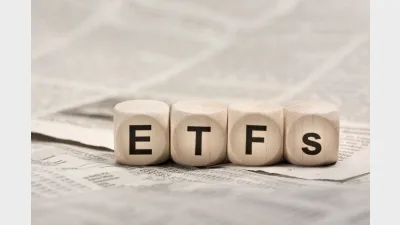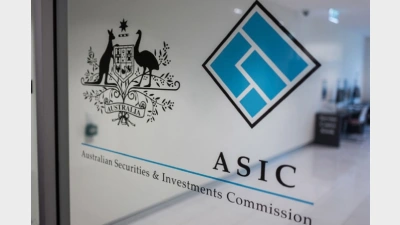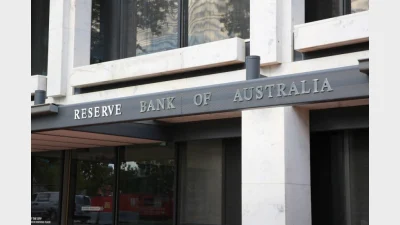Assets under custody grow 8 per cent



The Australian custodial and administration sector continued its strong growth, with total assets under custody for investors growing by 8.3 per cent to $2.32 trillion in the six months to 31 December, 2013.
Industry statistics by the Australian Custodial Services Association (ACSA) showed growing equity markets contributed to the rise.
Australian assets under custody rose by 8.4 per cent and non-Australian assets under custody went up by 7.4 per cent, while assets under custody for foreign investors (sub-custody) rose by 3.8 per cent.
Chair of ACSA David Braga said the statistics showed the financial sector’s stability and the condition of Australia’s growing wealth management, superannuation and investment sectors.
“The data demonstrates stability of the broader sector, and the expectations from the custody industry are that we will see similar levels of steady growth throughout the coming year,” he said.
National Australia Bank (NAB) Asset Servicing ranked the biggest player in the custody market, with $632 billion in total assets under custody for investors, up 11.4 per cent for the six months.
This is followed by JP Morgan ($420 billion, up 6.4 per cent), BNP Paribas ($305 billion, down 2.6 per cent) and Citigroup ($255 billion, up 19.4 per cent).
JP Morgan is the largest custodian of non-Australian assets ($151 billion, up 10.5 per cent), followed by State Street ($101 billion, up 15.5 per cent) and NAB Asset Servicing ($92 billion, up 6.9 per cent).
Custodians hold $1.67 trillion of Australian assets and $647 million non-Australian assets for Australian investors. They also hold $959 million of Australian assets for foreign investors (sub-custody).
Recommended for you
The structural shift towards active ETFs will reshape the asset management industry, according to McKinsey, and financial advisers will be a key group for managers to focus their distribution.
ASIC has warned that practices across the $200 billion private credit market are inconsistent and, in some cases, require serious improvement.
A surge in electricity prices has driven the monthly Consumer Price Index to its highest level in a year, exceeding forecasts.
Infrastructure well-positioned to hedge against global uncertainty, says investment chief.







